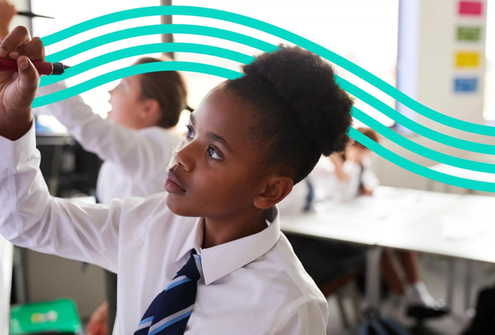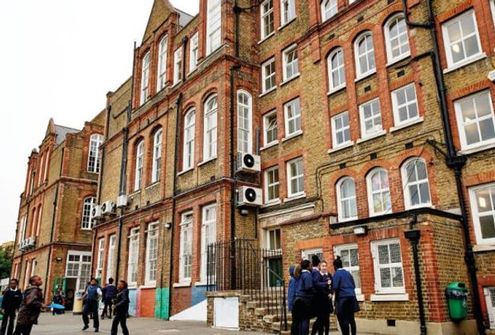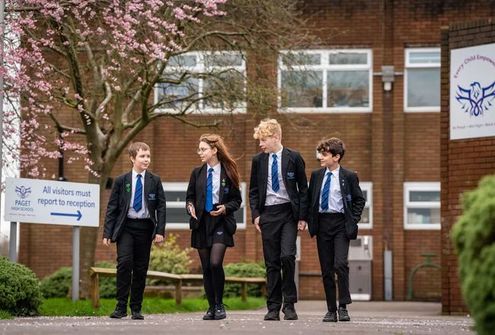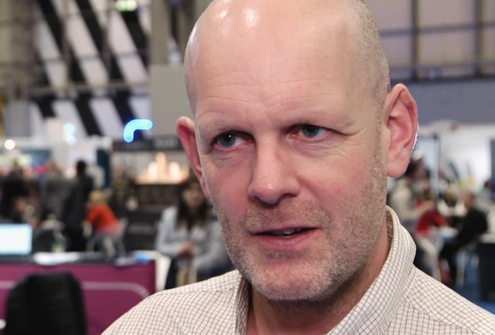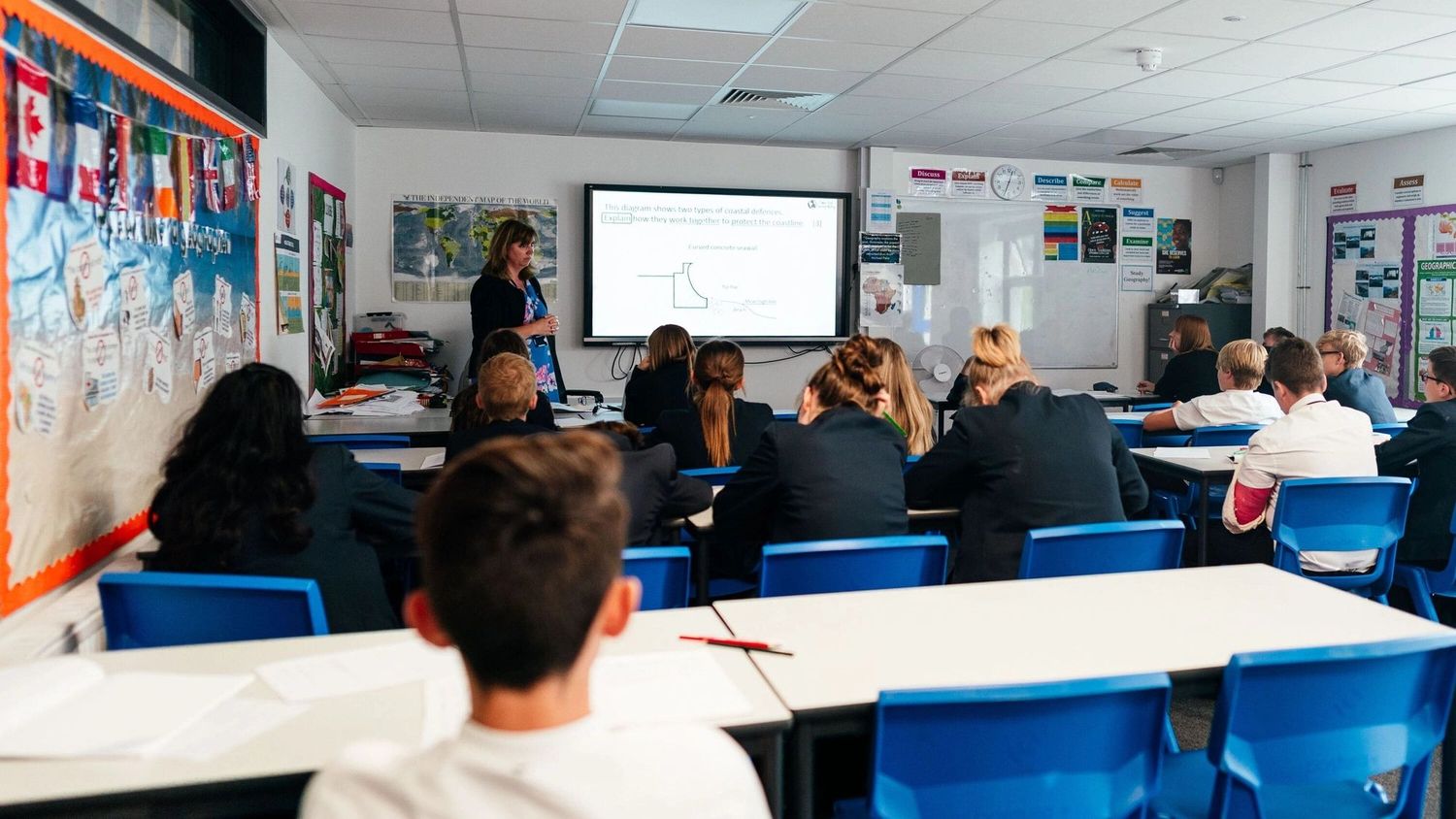
School size
1,090
Bedrock users
650
Free School Meals
13%
Bedrock partner since
May 2021
Ofsted rating
Good
Implementing Bedrock
Crofton School implements Bedrock both within tutor sessions and as homework. New learners beginning to use Bedrock at Crofton launch their accounts in July, rather than in September, and this gives them the summer to get to grips with the platform, rack up points for a competition and to build momentum with Bedrock.
Bedrock's impact
Anecdotally, teachers at Crofton School notice learners using more Tier 2 vocabulary in their responses, both written and spoken. They have also noted that Bedrock was especially valuable for making a difference after returning from lockdown.

School size
1,090
Bedrock users
650
Free School Meals
13%
Bedrock partner since
May 2021
Ofsted rating
Good
Enter your details below to book a conversation, a tour of Bedrock or simply to answer your questions.
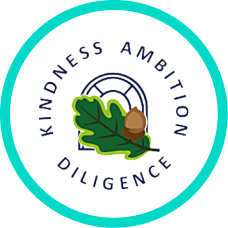
How Crofton School is creating a language-rich community
- Implementing Bedrock Learning across KS3
- Making students more ‘word conscious’
- Leading literacy CPD for all staff
- Engaging parents
[Bedrock Learning] has tied together everything we were already doing. It’s given the whole school the push we needed. It has also brought back the purpose behind teaching Tier 2 vocabulary and the literacy marking codes. All of the staff and the learners have been given a fresh perspective on vocabulary, on literacy, to keep us moving forward.
It has made a massive difference from where we were, especially when we came back from lockdown.
[Bedrock] has made a massive difference from where we were [in terms of literacy improvement], especially when we came back from lockdown.
Sophie Baldock
Deputy Faculty Leader of English
1. Implementing Bedrock Learning across KS3
We are pushing Bedrock across KS3. We’re currently monitoring it in English as classroom teachers and pastorally as KS3 tutors, but utilising it as the cross-curricular tool that it is. We’re using it in tutor time for 20 minutes once a week, and we’re setting it as independent study once a week for the English department.
Learners are benefitting from explicit teaching of Tier 2 vocabulary within the context of knowledge-rich nonfiction and fiction texts.
Launching Bedrock Learning in July, rather than in September, allowed learners to enjoy getting used to Bedrock Learning before it was fully implemented. Having that voluntary, fun, engaging trial before September helps us massively because learners use their summer holidays to rack up points and they enjoy it - that’s carried on through to the next academic year.
Crofton School staff are able to award Bedrock recognition points in SIMS, which can be easily monitored by tutors - this has really contributed to our whole-school push.
2. Making learners more word-conscious
We’ve been using the Bedrock Learning word trends this term. Every week we generate a “word of the week” based on the words that the learners are learning for Year 7, Year 8 and Year 9. This “word of the week” goes up on the screens that we have around the school site.
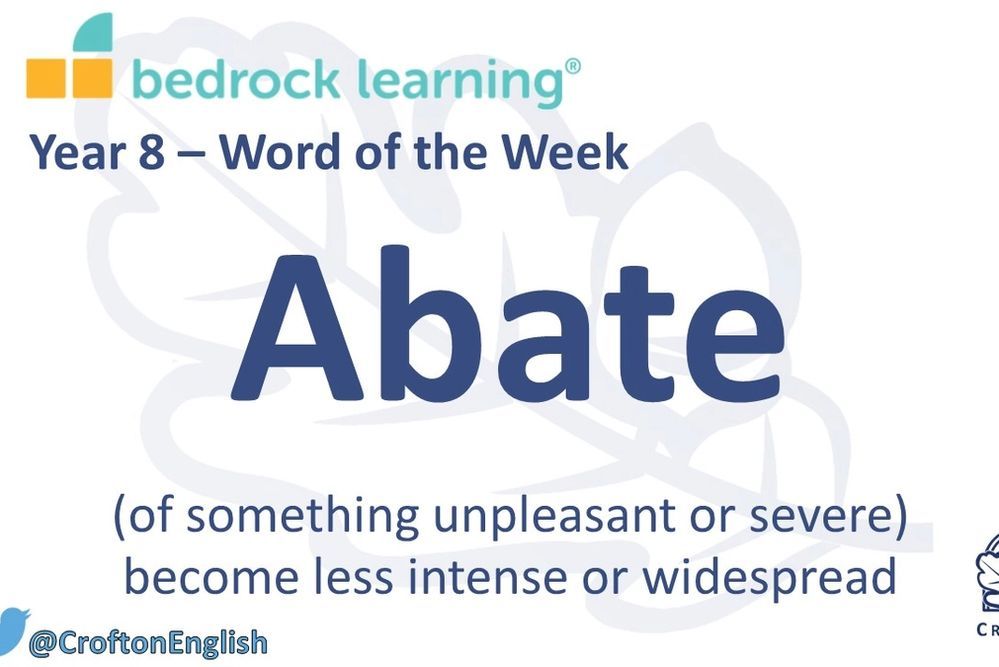
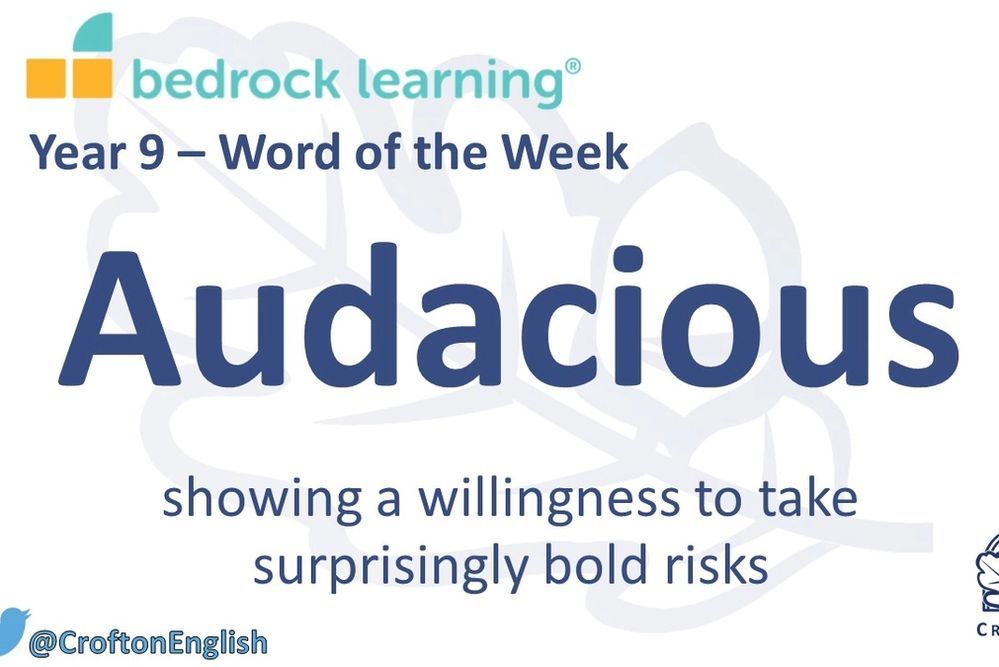
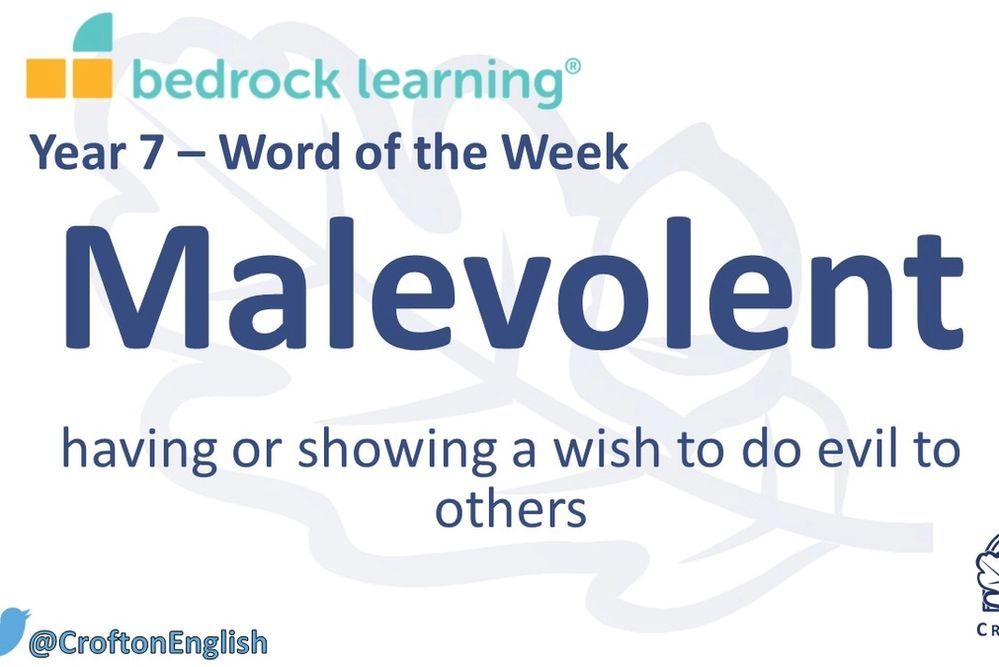
Source: Crofton School’s Twitter account
The monthly class engagement analysis goes to all teaching staff and we’ve asked to see examples of any best practice from a literacy team side of things. The “word of the week” also goes to our English Twitter page and our school’s Facebook page, so parents are engaged with that too.
We noticed that learners are using more Tier 2 vocabulary in their responses and around the school site, which we keep an eye on frequently. Our staff have heard learners saying, “Have you seen the word of the week this week? I’m going to try and use that in this lesson.”
Not only are we seeing greater word consciousness in class, but learners are also happy to talk about words outside of the classroom, which ultimately is the language-rich environment that we want to create. It’s definitely helped in terms of learners’ in-class oracy, but also the conversations they’re having among themselves outside of the classroom.
3. Leading whole-staff literacy CPD
Together with the Head of English, we gave staff a tour of Bedrock from a learner perspective and a staff perspective using provided demos. We explained the importance of implementing Bedrock with regard to our school improvement plan and how it’s going to support literacy.
In the last two years, our key literacy focus has been the explicit teaching of Tier 2 vocabulary. This has tied into all of our related work. Our original focus was embedding Tier 2 vocabulary in every department’s scheme of work, and that’s what we’ve been looking for predominantly when we’ve done booklets, for example. Bedrock supported the work that staff were already doing, so they knew it was going to be purposeful.
Example of Tier 2 vocabulary taught across the curriculum at Crofton School:
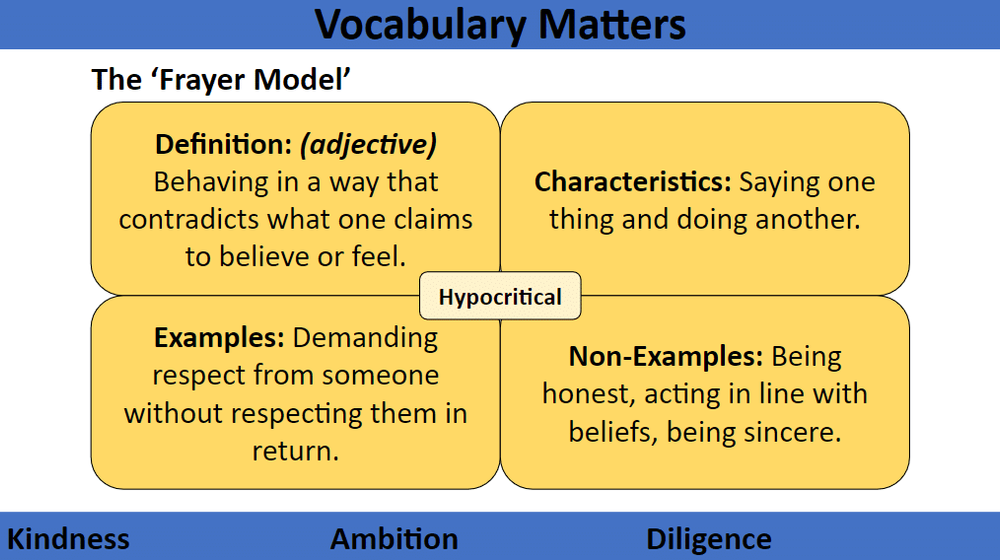

4. Engaging parents
Every parent receives a letter home at the beginning of our Bedrock launch, including a video explaining Bedrock from myself and the Head of Department. This outlines our expectations and why Bedrock would benefit their children. This video is also available on the school website and the school social media page.
When we were able to have our first in-person event (the open evening for prospective Year 6 learners who had siblings and friends in older year groups), we had parents saying, “I’ve seen my child using Bedrock. I’m sure I’ve seen a letter. What do I need to be doing to encourage it?”
Parents are actively engaged in monitoring what their children are doing, which has been really nice to see. Bedrock Learning has such an easy-to-use interface as well.
Looking forward to the future…
We’re looking at getting personalised Bedrock Champions trophies that we can distribute across tutor groups, just to make sure that we’re keeping the buzz up!
Keeping up whole-school engagement is a focus, as well as making sure that new staff receive the same access to literacy CPD that other staff had at the start of the year.
To summarise, here are four practical ways you can apply right now to create a language-rich environment:
- Implement Bedrock Learning across KS3 in tutor time and independent study
- Make learners more word conscious using Bedrock word trends
- Lead whole-staff literacy CPD based on the school’s improvement plan and literacy focus
- Engage parents by outlining the key benefits and expectations with regard to Bedrock Learning letters, videos and parents evening.
More brilliant case studies...
Back to case studies
